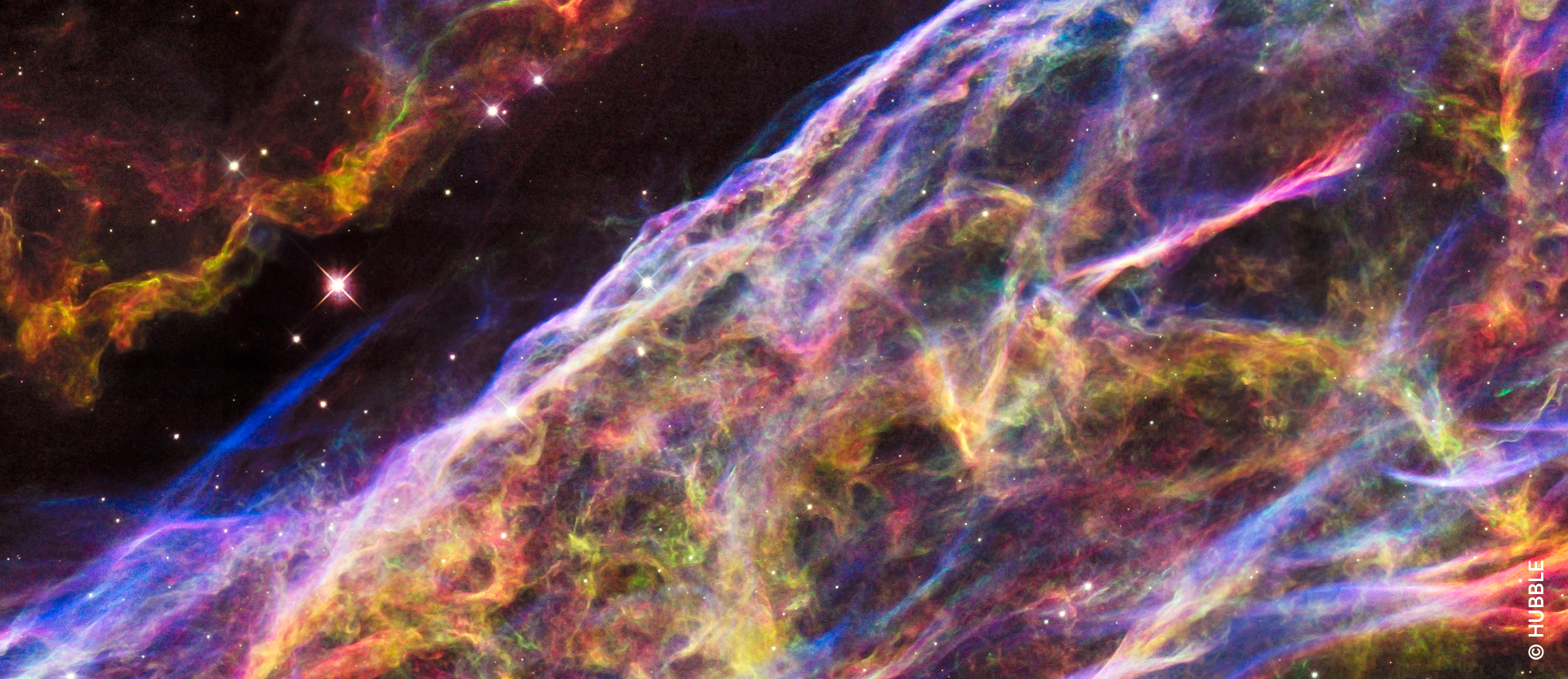Spectacular stellar death – and then, darkness
The life of the sun, however, is finite. It should keep burning for an estimated six billion more years. It is constantly throwing huge masses of elementary particles into space. Meanwhile, the chemical reactions of nuclear fusion in its interior, which merge hydrogen into helium, compress the star permanently. This means that the sun will shine ever brighter over the course of billions of years. It is believed that the sun today is already 40 percent brighter than in its early days. In another 1.1 billion years, the brightness of its light shining on earth will increase by 10 percent. But at some point, all this will go downhill, and the end will be spectacular. If, after six billion years, its hydrogen fuel has finally run out, the sun will have blown up by 100 to 150 times its present volume, and will have a reddish glow. It will become one of the so-called red giants. If any humans alive on earth at this time look towards the sun, it will take up about one third of their field of vision. But since the world will have heated up to about 1500 degrees Celsius by then, life should be long gone from our planet.
In 7.7 billion years, our red giant will become a white dwarf. Then, massive shockwaves will pass through the star. In giant eruptions, the sun will shed its outer crust. An incandescent core of oxygen, carbon and a little helium about the size of the Earth will remain. And, on the blue planet where we once lived, a permanent darkness will fall.













